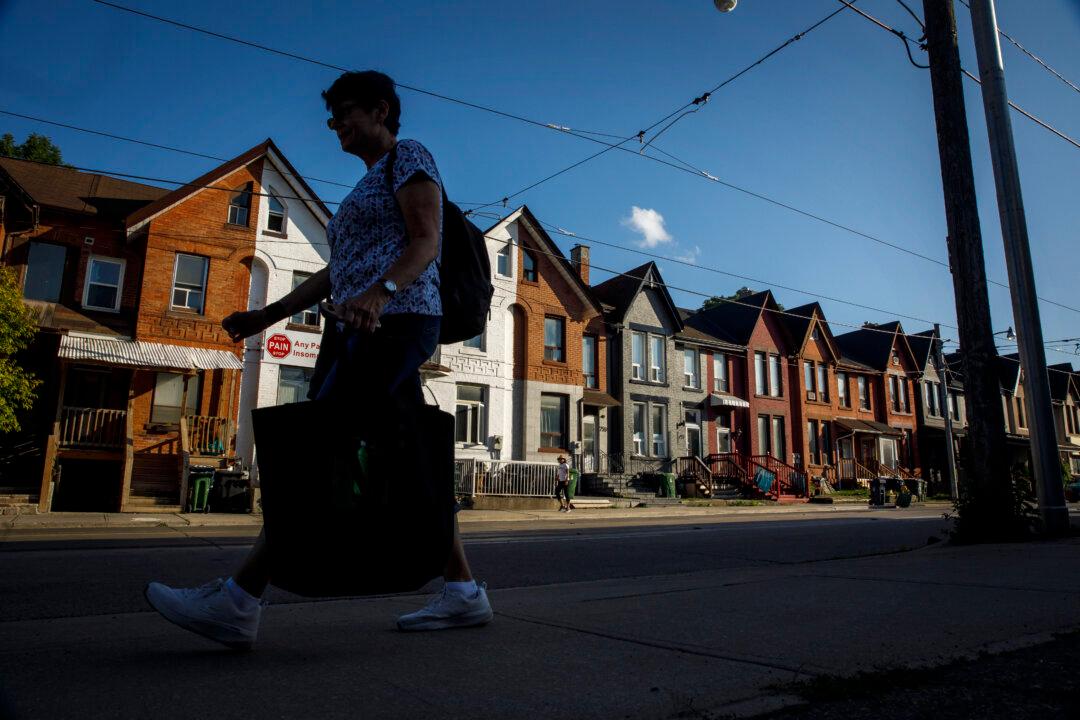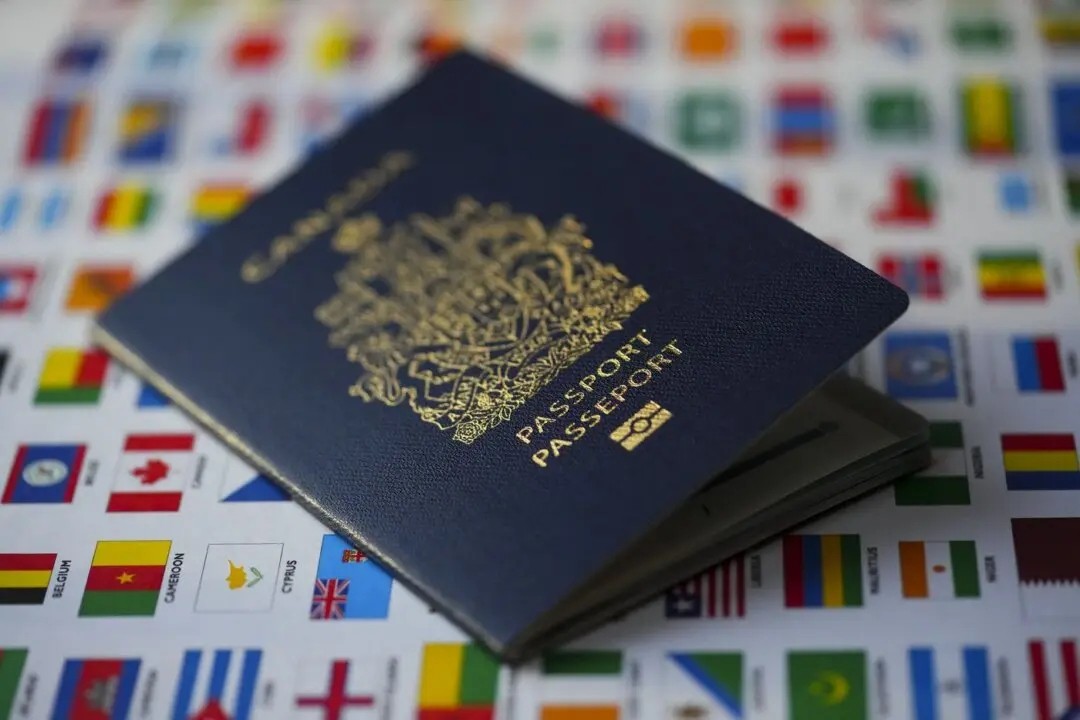Nearly 1 million newcomers who arrived in Canada last year are creating an “unprecedented” surge in housing demand that is “not fully reflected” in official records, a report by the CIBC says.
Titled “Housing Demand from Newcomers Even Stronger Than Perceived,” the report said the total number of arrivals by permanent residents (PRs) and non-permanent residents (NPRs) from outside Canada in 2022 is estimated to be 955,000.





